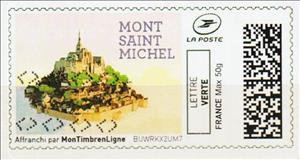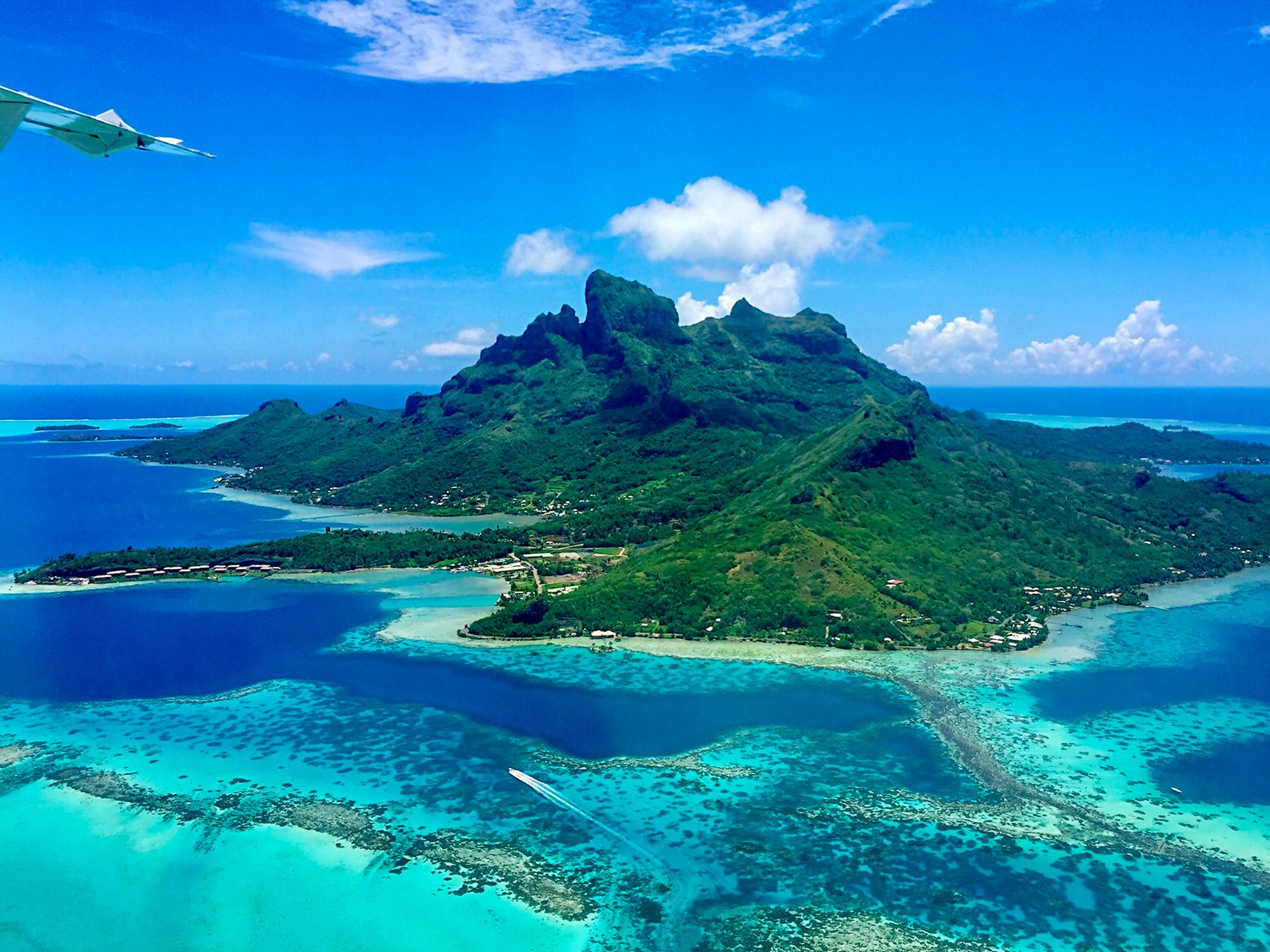Stamp: Mont Saint Michel 3 (France 2019)
Mont Saint Michel 3 (France 2019)
01 January (France ) within release MonTimbrEnLigne. Towns and Regions goes into circulation Stamp Mont Saint Michel 3 face value Lettre No Face Value
| Stamp Mont Saint Michel 3 in catalogues | |
|---|---|
| Colnect codes: | Col: FR-TIM 2019-112c |
Stamp is square format.
Lettre Verte 20gAlso in the issue MonTimbrEnLigne. Towns and Regions:
- Stamp - France: Eiffel tower on a Starry Night face value Lettre;
- Stamp - Grand Est Mountain Village face value 0.70;
- Stamp - Rennes in black face value Lettre;
- Stamp - Ile de la Reunion face value Lettre;
- Stamp - Paris. Arc De Triomphe face value Lettr;
- Stamp - Saint Malo face value Prioritaire;
- Stamp - Mont Saint Michel 3 in black face value Lettre;
- Stamp - Saint Malo face value Lettr;
- Stamp - Strasbourg in black face value Lettre;
- Stamp - Rouen face value Lettre;
- Stamp - Avignon in black face value Ecopli;
- Stamp - Bayonne in black face value Lettre;
- Stamp - Camargue in black face value Lettre;
- Stamp - Ile de France in black face value Lettre;
- Stamp - Le Havre face value Lettre;
- Stamp - Lille in black face value Lettre;
- Stamp - Montpellier in black face value Lettre;
- Stamp - Nice in black face value Lettre;
- Stamp - Saint Tropez in black face value Lettre;
- Stamp - Toulouse 3 in black face value Lettre;
- Stamp - Chenonceau in black face value Ecopli;
- Stamp - Chenonceau in black face value International20;
- Stamp - Montbeliand in black face value Lettre;
- Stamp - Montmartre in grey face value International20;
- Stamp - Paris. Arc De Triomphe in black face value International20;
- Stamp - Reims in black face value Lettre;
- Stamp - Guadeloupe in black face value Ecopli;
- Stamp - Grand Est Mountain Village face value Lettre;
- Stamp - Guadeloupe face value Lettre;
- Stamp - Rennes face value Lettre;
- Stamp - Saint Malo face value Ecopli;
- Stamp - Auvergne - Rhône-Alpes face value Lettre;
- Stamp - Mont Saint Michel 3 face value Lettre;
- Stamp - Saint Tropez face value Lettresuivie100;
- Stamp - Strasbourg face value Lettre;
- Stamp - Toulouse 3 face value Lettre;
|
Data entry completed
50%
|
|
|---|---|
| Stamp Mont Saint Michel 3 in digits | |
| Country: | France |
| Date: | 2019-01-01 |
| Emission: | Personalized - Official |
| Format: | Stamp |
| Face Value: | Lettre No Face Value |
Stamp Mont Saint Michel 3 it reflects the thematic directions:
A church building, often simply called a church, is a building used for Christian religious activities, particularly worship services. The term in its architectural sense is most often used by Christians to refer to their religious buildings, but it is sometimes used (by analogy) for buildings of other religions. In traditional Christian architecture, the church is often arranged in the shape of a Christian cross. When viewed from plan view the longest part of a cross is represented by the aisle and the junction of the cross is located at the altar area. Towers or domes are often added with the intention of directing the eye of the viewer towards the heavens and inspiring church visitors. Modern church buildings have a variety of architectural styles and layouts; many buildings that were designed for other purposes have now been converted for church use; and, similarly, many original church buildings have been put to other uses. The earliest identified Christian church was a house church founded between 233 and 256. During the 11th through 14th centuries, a wave of building of cathedrals and smaller parish churches occurred across Western Europe. A cathedral is a church, usually Roman Catholic, Anglican, Oriental Orthodox or Eastern Orthodox, housing the seat of a bishop.
An island or isle is a piece of land, distinct from a continent, completely surrounded by water. There are continental islands, which were formed by being split from a continent by plate tectonics, and oceanic islands, which have never been part of a continent. Oceanic islands can be formed from volcanic activity, grow into atolls from coral reefs, and form from sediment along shorelines, creating barrier islands. River islands can also form from sediment and debris in rivers. Artificial islands are those made by humans, including small rocky outcroppings built out of lagoons and large-scale land reclamation projects used for development.


